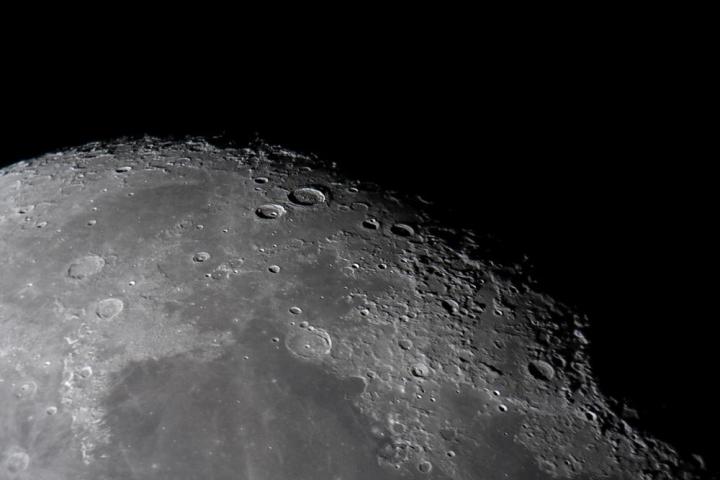
The mistake was quickly corrected and Kelly’s tweet deleted (because you don’t want that living on in eternity), but (un)fortunately, the wiles of the Internet have already immortalized the rather amusing case of mistaken identity.

The dead giveaway came from the fact that stars are clearly visible around what NASA originally called the “sun” in the photograph, which simply wouldn’t happen in real life. As Emily Lakdawalla, planetary scientist and senior editor of The Planetary Society, told Mashable in a direct message on Twitter, “Well, seeing as how stars and city lights at night are both visible in the field of view with the bright light source, it can’t possibly be the sun.” Oops.
Other space enthusiasts were quick to chime in as well, with one user noting that “unless [NASA] invented a completely new kind of camera,” the extraterrestrial body in question certainly could not be our great source of light and heat, despite its impressively bright appearance. That odd lunar brightness, by the way, has since been attributed to the long exposure time of the photograph, which made the moon, well, sunnier than usual.
Surprisingly enough, this actually isn’t the first time that NASA has been a bit careless in identifying bodies in space. Just a few months ago, scientists made the exact same mistake, similarly calling the moon the sun in another tweet. Pro tip: if you can see stars, it’s not the sun.
In any case, the slight slip just goes to show that even rocket scientists are humans, which is good news for the rest of us.


